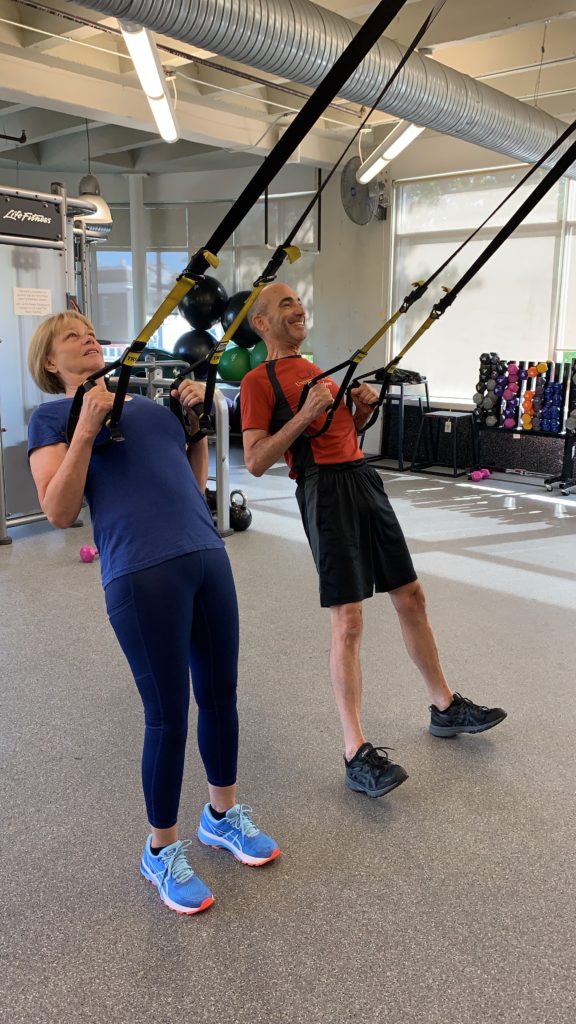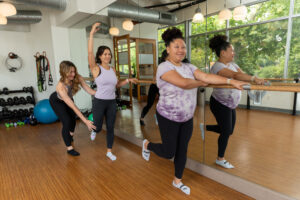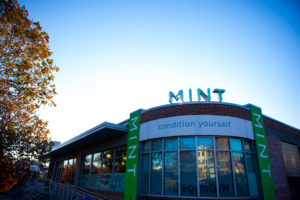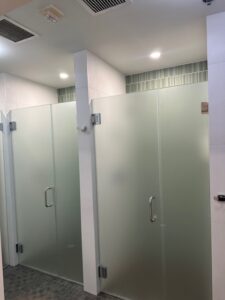Regular exercise has many benefits in day-to-day life, but did you know it can also slow down, and in some cases even reverse, signs of aging? According to Linda P. Fried, dean of Columbia University’s Mailman School of Public Health, “Exercise is the closest thing we’ve found to a magic pill for combating the effects of aging.”
So, how does this “magic pill” work? Exercise tackles the physical and mental effects of age.
Cardiovascular Health
As our bodies age, our cardiovascular function naturally declines, which can lead to high blood pressure. Regular aerobic exercise, including low-impact options like walking, swimming, and cycling, helps the heart run more efficiently.
Muscle and Bone Loss
Loss of muscle mass is another common occurrence that comes with aging. Strength training helps prevent muscle deterioration. Bone mass also stops increasing after age 30, and by our 40s and 50s it begins to decline (this is particularly true for women post-menopause). Resistance and strength training can help slow this process down.
Balance and Coordination
A combination of cardio and strength exercises will help build and maintain better balance as the body gets older. This is important to lessen the risk of falls and injuries.
Brain Health
Exercise boosts brain health and can reduce cognitive impairments as we age. Studies have found a link between regular exercise and a lower risk of dementia and Alzheimer’s disease.
MINT strives to provide a welcoming environment for members of all ages. Every Tuesday at 10am we offer a Senior TRX class – a fun, strength-endurance workout catered specifically for older individuals. Suspension-based TRX exercises offer extra stability, scalable to meet the needs of any user.
Building a solid fitness base and routine allows us to remain active later in life. In fact, physical activity is the single most important thing we can do to stay mobile and healthy as we age.





